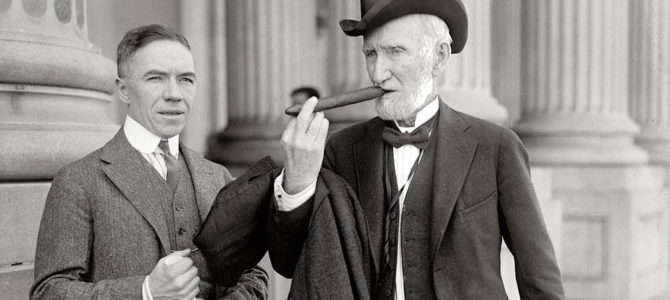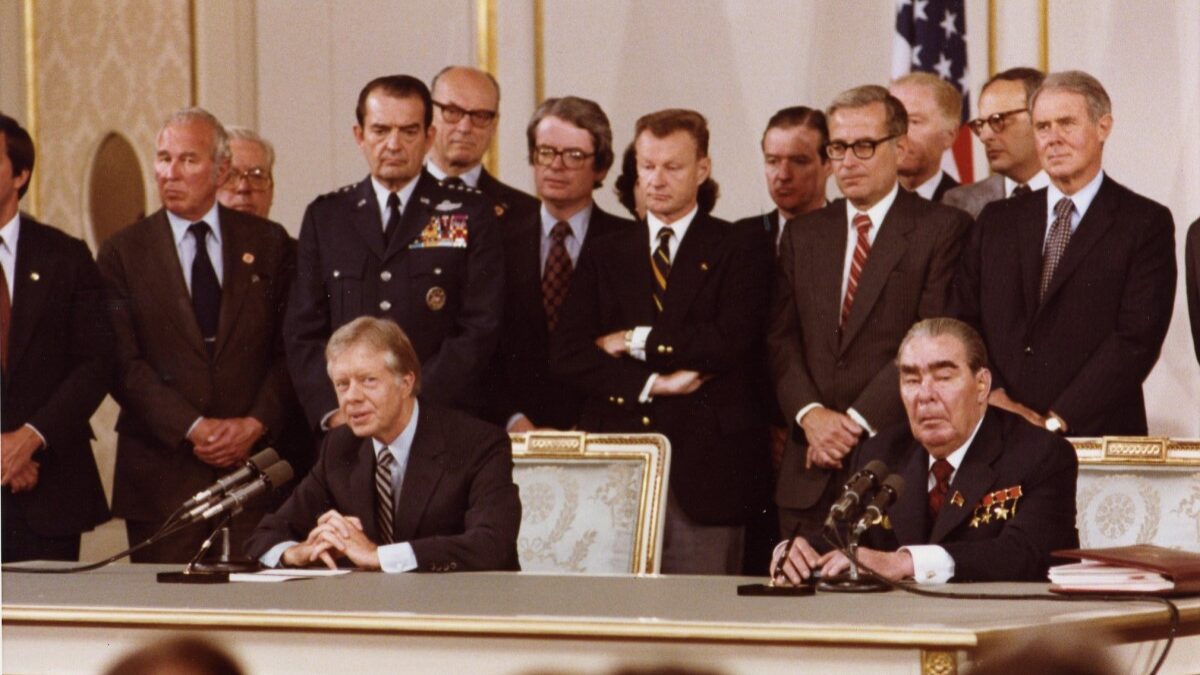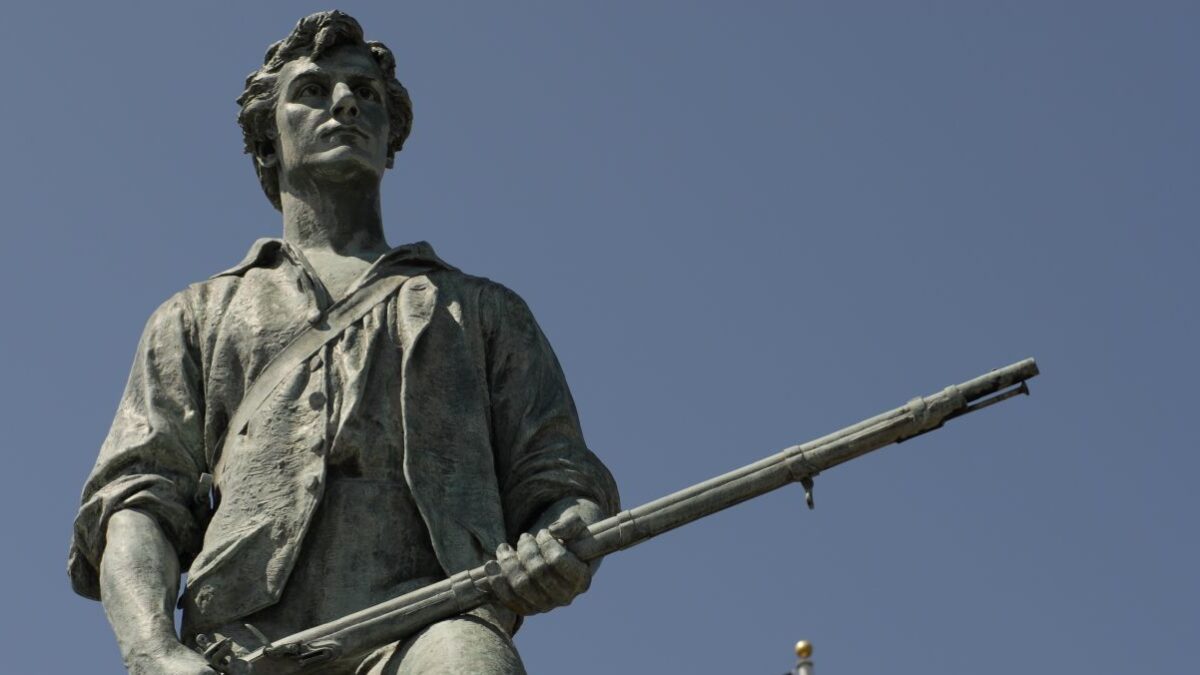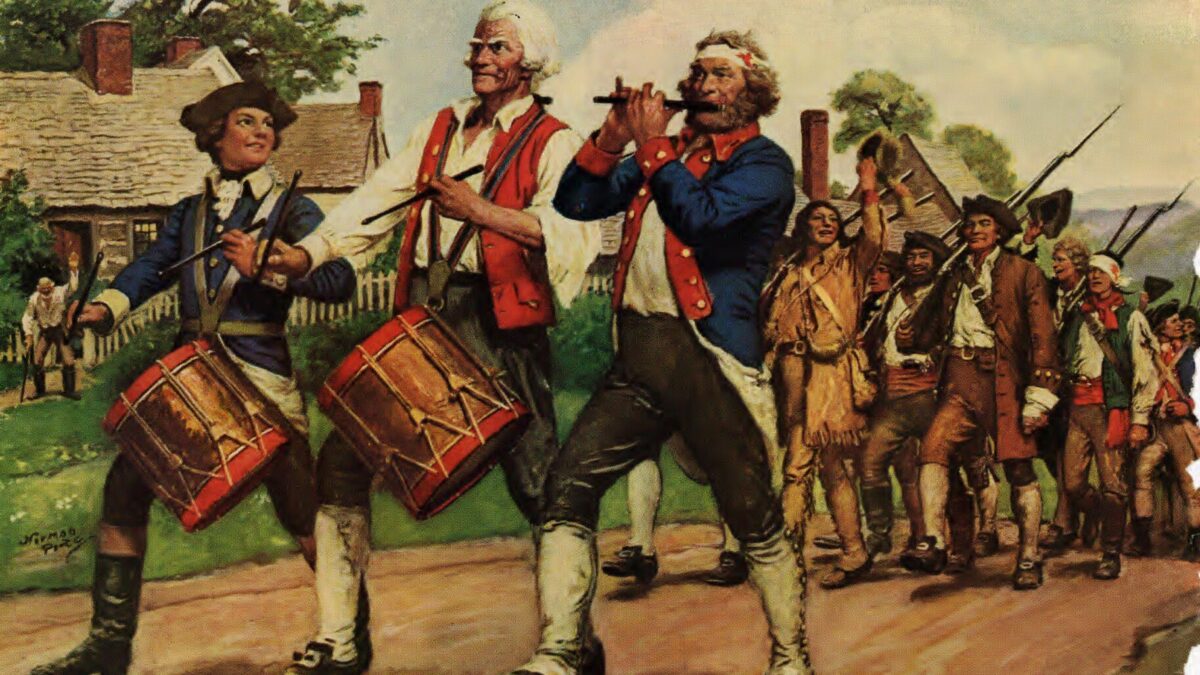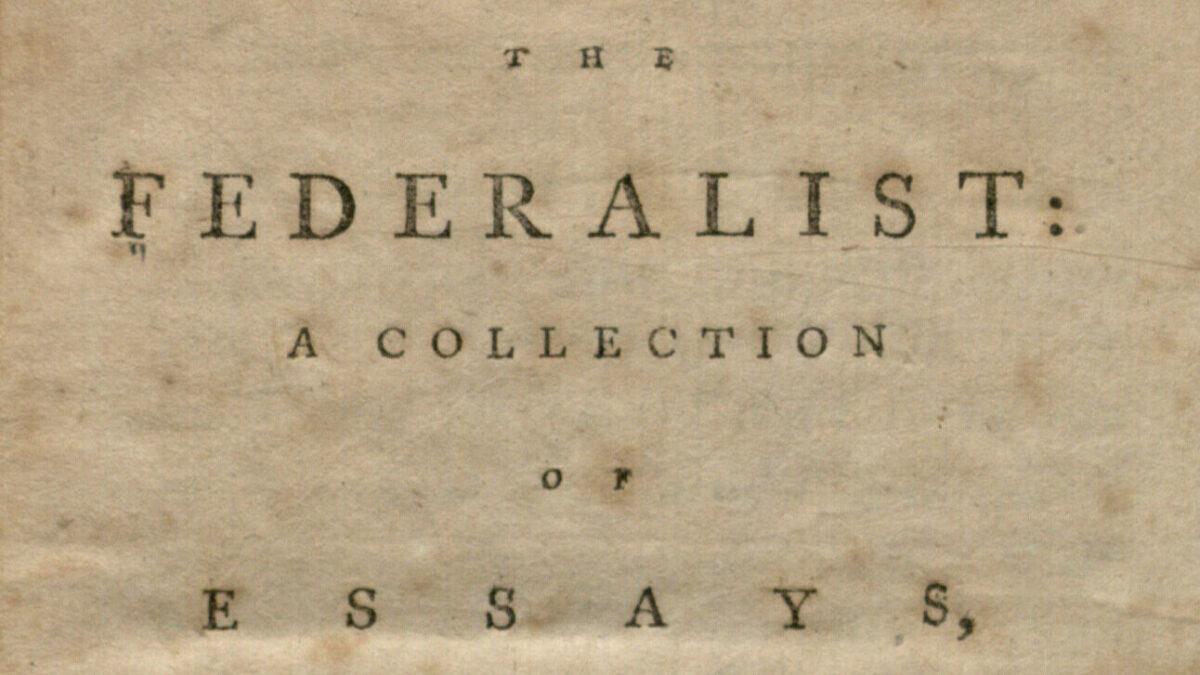The “progressive” movement was not always the far-left wing of American politics as we know it today. In Hillsdale College’s online course, “Congress: How It Worked and Why It Doesn’t,” Professor Kevin Portteus explains how the progressives in Congress during the “Progressive Era” significantly reformed the wielding of power in the House of Representatives.
The American Progressive reform movement ran from the late 19th century through the first decades of the 20th century, and its leaders and ideologues included Theodore Roosevelt, Woodrow Wilson, and Herbert Croly. Their vision for government and administration rejected the founders’ intentions and core beliefs. Instead, progressives believed the government needed to be more involved in managing the public’s lives than the Constitution allows. With the rapid changes across the country caused by the Industrial Revolution, they believed more government involvement was necessary in addressing the economic and political issues for the future.
Wilson admired the British parliamentary system, especially how the prime minister was a leader of both the government and the leader of the majority within the legislature. Progressives looked to making the speaker of the House their version of a prime minister in the American system, and they did so successfully with Rep. Bracket Reed, who dominated the late 1880s and 1890s. Reed began exerting power by silencing the minority with procedural tricks, controlling the committee chair appointment process, and chairing the Rules Committee, essentially deciding what legislation would be voted on.
It wasn’t too long before this backfired on Progressives, however. When Joseph Cannon, a conservative anti-progressive, took over the speakership in 1903, he wielded the same unprecedented power of committee assignments, floor recognition, and the ability to punish other factions that got out of line. It wasn’t that progressives didn’t like someone having that amount of power, it was that they didn’t like it being used against progressive causes. He clashed with the progressive Democrats, progressive Republicans, and President Theodore Roosevelt.
At the time, politicians who favored the progressive philosophy on administration were split across both parties. Progressive Republicans were known as insurgents because they were in minority among the Republican coalition. Likewise, not all Democrats were progressives.
In 1910, insurgents in both parities aligned themselves in the Revolt of 1910. Progressive Republican George Norris of Nebraska introduced a resolution to strip Cannon of his power on the Rules Committee, which sent bills to the floor for debate, vote, and passage. Since it was St. Patrick’s Day, many of Cannon’s loyalists were out partying, and Norris was able to overrule Cannon in a vote of 182 to 163. From that point on, the speaker of the House would never again have the power to push his party’s agenda through the House.
Rep. Nelson, a progressive Republican from Wisconsin, said in a floor speech, “We are fighting…for the common right of equal representation in this House, and for the right of way for progressive legislation in Congress.” What sounds like a simple procedural reform was at its heart a plan to wrest power from a dominating majority.
Power eventually moved from the speaker to the chairmen of the standing committees, who were increasingly chosen by seniority. Progressives initially saw this as a win for their coalition, but it too backfired when it another group secured seats and control for long periods of time: Southern Democrats. The South was dominated by the Democratic Party, who were overwhelmingly conservative, and held their seats uncontested for decades meaning more senior committee positions.
The Progressive Era solidified that when it comes to power in Congress, process matters. Through trial and error, progressives sought top-down methods to quell minority factions, even if it meant they would reap the consequences of their own rules.
